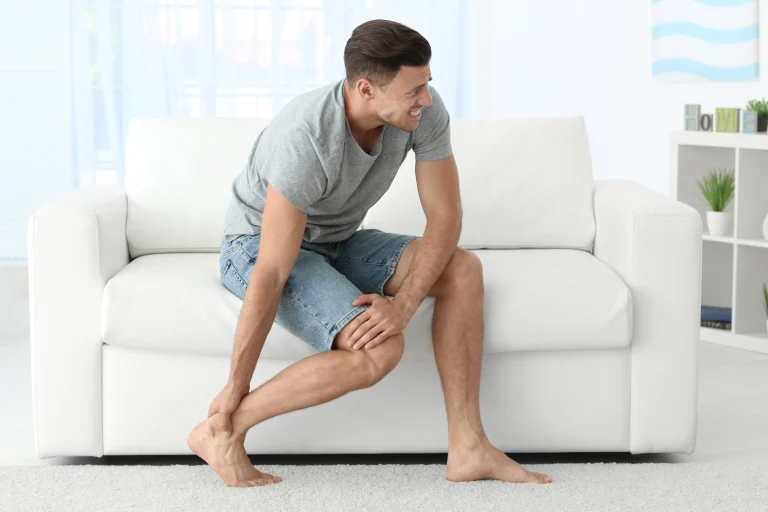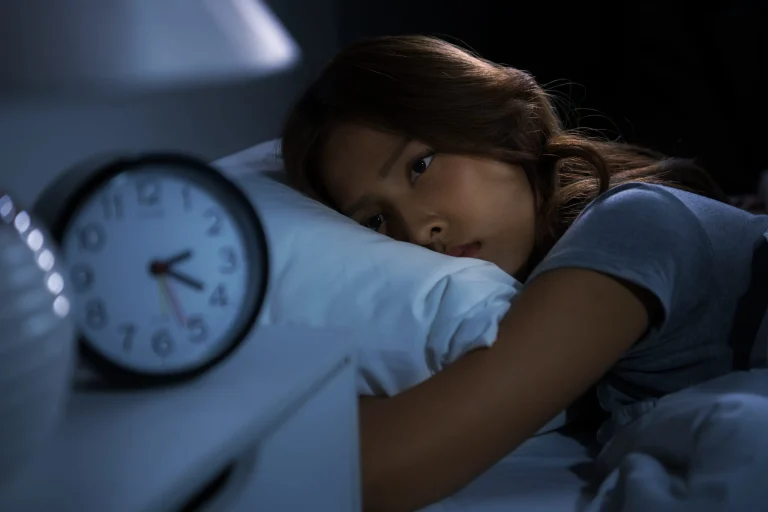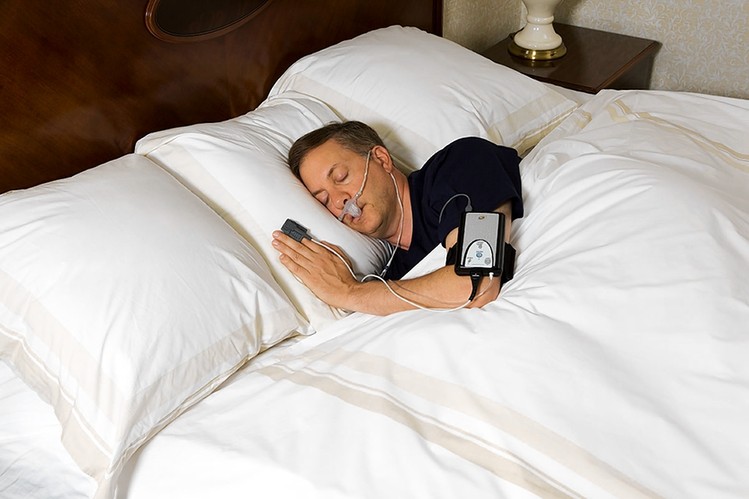5 Tips: What to Expect During a Sleep Study
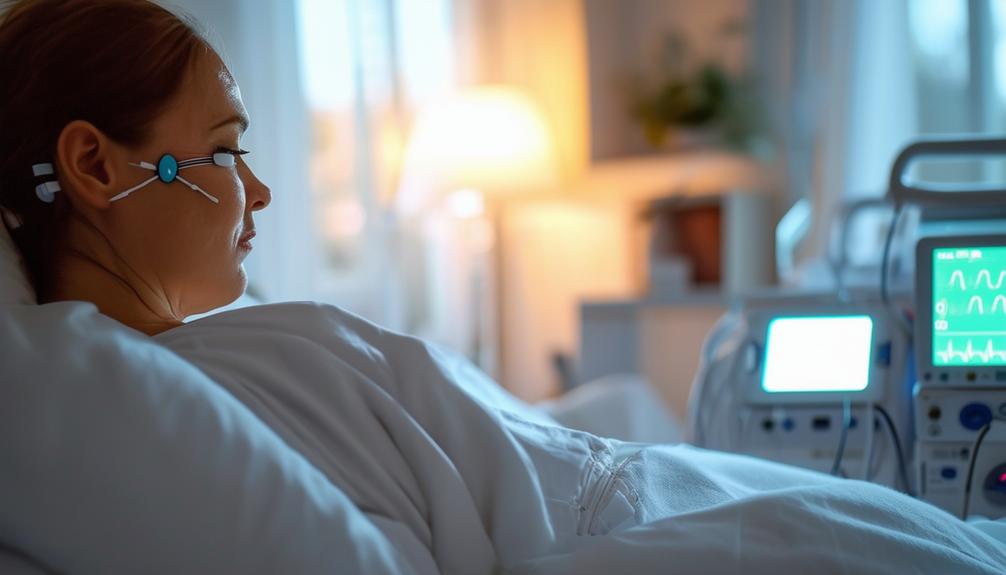
Packing an overnight bag with essentials helps you prepare for a sleep study. Upon arrival, you'll have sensors and elastic belts applied to monitor your breathing patterns and brain waves. It's normal to feel uneasy, but technicians will assist you if needed. Always communicate any discomfort so they can adjust the equipment. The next morning, you'll wash off the adhesive and return to your routine. Your data will then be analyzed to develop a personalized treatment plan. Learn more about ensuring a smooth and comfortable experience.
Noteworthy Details
- Pack an overnight bag with essentials, including any special sleep aids you use.
- Expect technicians to attach sensors for monitoring brain waves, breathing, and muscle activity.
- Inform the staff of any special needs or discomforts for prompt adjustments.
- It's common to have difficulty falling asleep; technicians will assist as needed.
- Post-study, sensors are removed, and results are analyzed to develop a personalized treatment plan.
Preparing for Your Arrival
When preparing for your arrival at the sleep center, make sure to pack an overnight bag with essentials like pajamas, clothes, and any medications you need. Arrive at the sleep center at your scheduled time to guarantee everything runs smoothly.
In your overnight bag, include all essential items such as a toothbrush, hairbrush, and any special sleep aids you might use. Pajamas and clothes that you find comfortable are essential since a good night's sleep is the goal.
Inform the sleep center staff of any special needs or concerns you may have. This helps them accommodate you better and ensures your comfort. Follow all instructions provided by the staff; they're designed to help you have a successful study.
You'll need to have sensors applied to monitor your brain waves, heart rate, breathing, and movements. While this might seem challenging, rest assured the staff is trained to make the process as comfortable as possible.
Your cooperation in following these guidelines helps in obtaining accurate results. By preparing properly and communicating any concerns, you contribute significantly to the success of your sleep study. This shared effort fosters a sense of belonging and trust during the experience.
Understanding the Setup
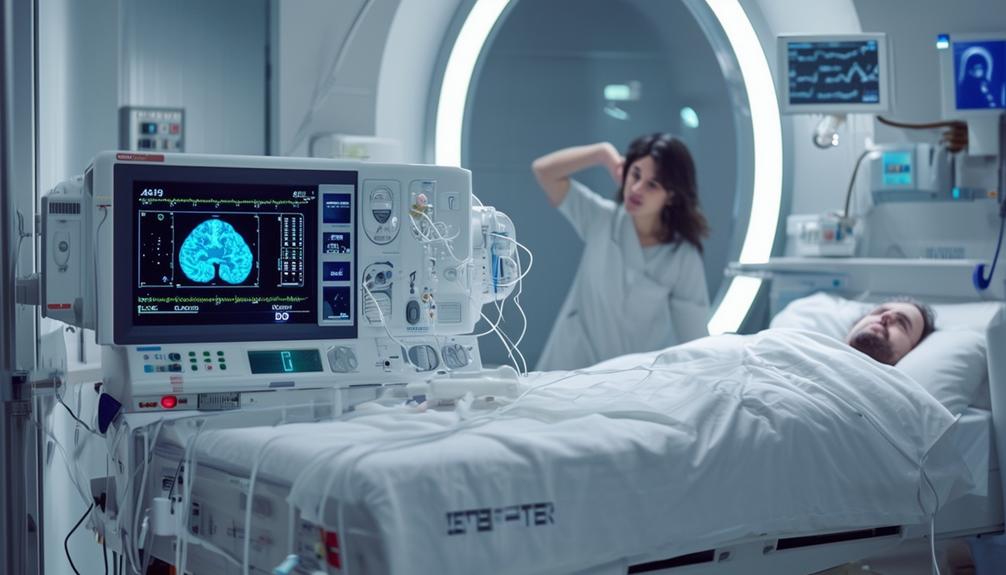
During the sleep study, you'll have various sensors attached to monitor your brain waves, eye movements, muscle activity, heart rate, and breathing patterns. This setup might seem a bit overwhelming, but it's designed to capture detailed data on your bodily functions to evaluate your sleep quality accurately.
Here's what you can expect:
- Elastic Belts:
- You'll wear elastic belts around your chest and abdomen to measure your breathing patterns.
- These belts help track any irregularities, especially if obstructive sleep apnea is suspected.
- Adhesive Sensors:
- Small adhesive sensors will be applied to your head and body.
- These sensors are essential for monitoring brain waves, muscle activity, and eye movements, providing a thorough picture of your sleep stages and movements.
- Oxygen Monitoring:
- A clip will be placed on your finger or earlobe to monitor your oxygen levels throughout the night.
- This is particularly important for detecting drops in oxygen that might indicate sleep apnea.
- CPAP Machine:
- If you have or are suspected of having obstructive sleep apnea, a CPAP machine may be used.
- This device provides continuous positive airway pressure to keep your airways open.
This setup may feel unfamiliar, but it's all part of ensuring you receive the best care and accurate diagnosis for any sleep disorders.
Navigating Overnight Procedures
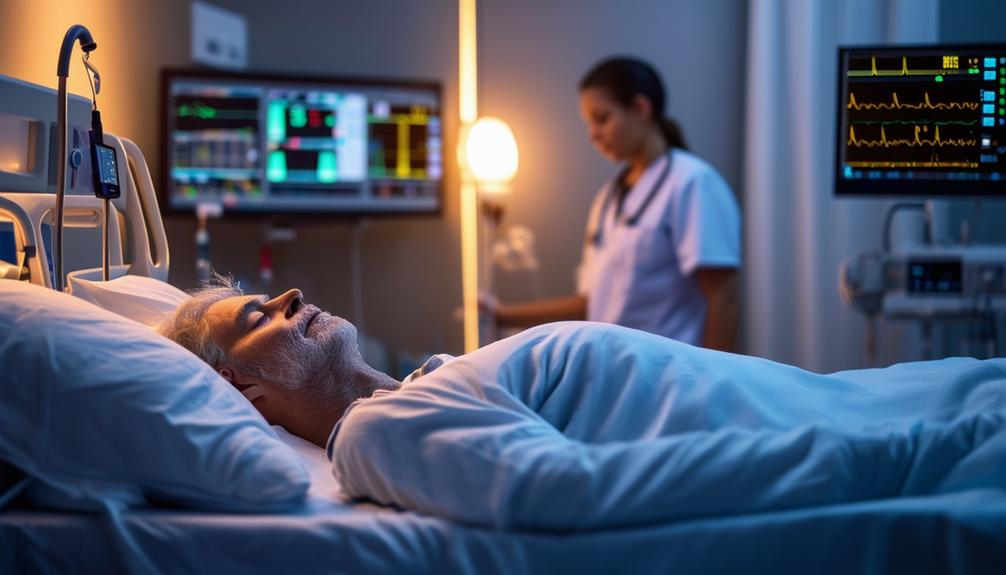
As you settle in for your overnight sleep study, the technicians will walk you through each step, making sure you're comfortable and understand how the equipment functions. They'll attach sensors to monitor your brain waves, heart rate, breathing, and movements. These sensors are essential for thorough data collection, providing an in-depth evaluation of your sleep patterns.
It's common to experience difficulty falling asleep in an unfamiliar environment. Don't worry—technicians are there to support you. If you need to use the bathroom during the night, just let them know. They'll assist you with the sensors and equipment to ensure everything stays in place.
In-lab sleep studies offer more detailed measurements compared to at-home studies, thanks to the controlled environment and advanced monitoring tools. This setting allows for precise data collection, helping to identify any sleep-related issues you might have.
Below is a quick guide to help you navigate the overnight procedures:
| Aspect | Details |
|---|---|
| Sensors | Monitor brain waves, heart rate, breathing |
| Technicians' role | Ensure comfort, explain equipment |
| Difficulty falling asleep | Normal in an unfamiliar environment |
| Bathroom assistance | Available to help with sensors and equipment |
Handling Unexpected Needs
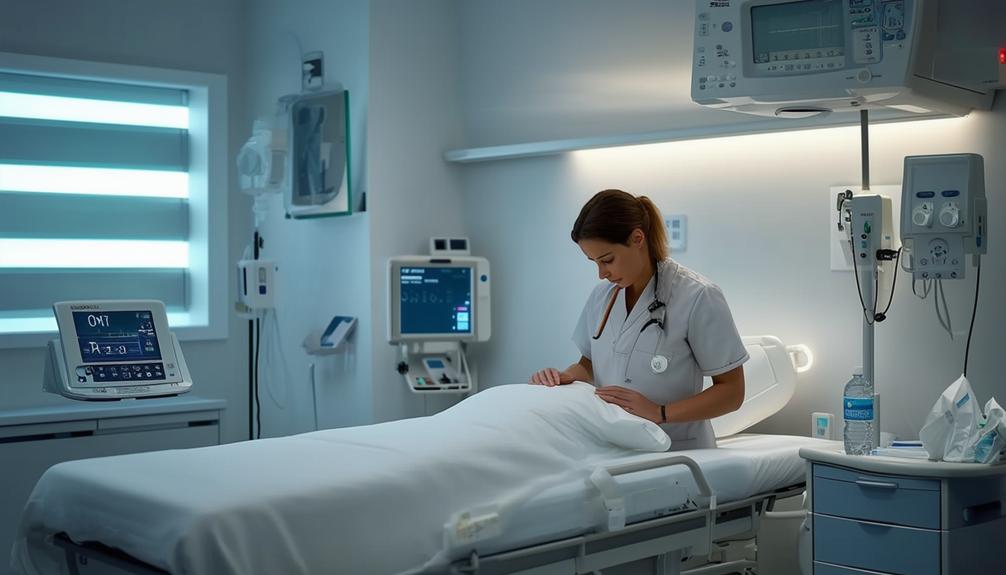
Should any unexpected needs arise during your sleep study, immediately inform the sleep center staff so they can address your concerns promptly. The sleep technologists are there to guarantee your well-being and comfort throughout the night. Communication is vital in making sure any discomfort or issues are resolved swiftly.
To help you feel prepared, here are some examples of how the staff can assist you:
- Adjust equipment: If any of the monitoring devices cause discomfort or require adjustment, let the staff know. They can reposition or fine-tune the equipment for better comfort.
- Address physical needs: Should you need a bathroom break or experience any physical discomfort, don't hesitate to inform the sleep technologists. They're there to assist you.
- Temperature control: If the room feels too hot or too cold, the staff can adjust the temperature settings to ensure a more comfortable sleep environment.
- Noise reduction: If unexpected noises disturb your sleep, communicate this to the staff. They might provide earplugs or find other solutions to minimize disturbances.
Your well-being is the top priority. Clear and open communication with the sleep technologists will help manage any unexpected needs, ensuring a smoother and more comfortable sleep study experience.
Post-Study Protocols
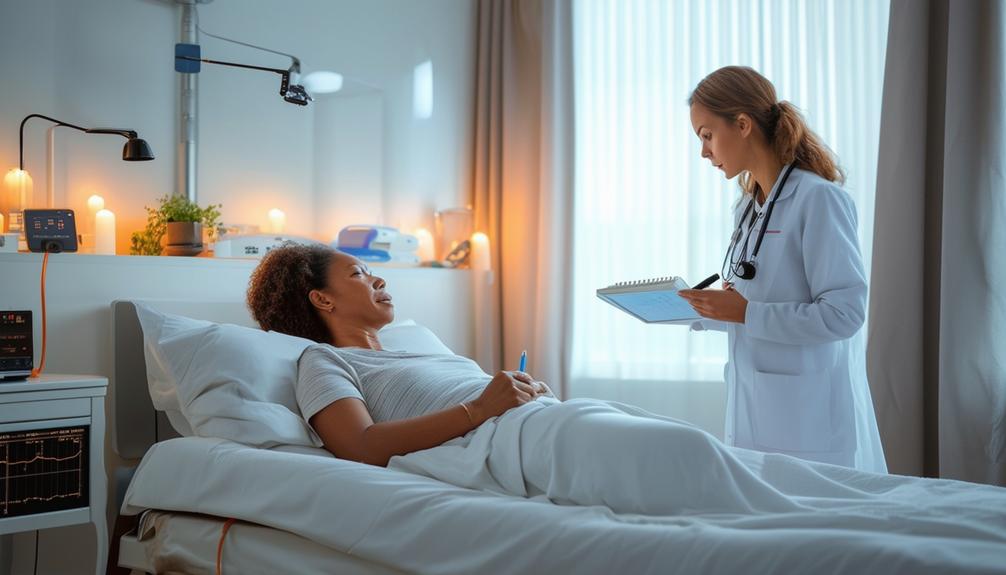
Once your sleep study concludes, the staff will promptly disconnect the sensors and remove the monitoring equipment. You might notice some residual adhesive on your skin, but don't worry—this can be easily washed off with warm water and soap.
The morning after the study, you'll be able to go about your day as usual, returning to your routine without any significant disruptions.
Afterward, the results of your sleep study will be thoroughly analyzed by trained professionals. These experts will evaluate the data gathered during your sleep to identify any potential sleep issues. A sleep specialist will then review these findings to provide you with a detailed understanding of your sleep patterns and any identified sleep issues.
Based on the results, a personalized treatment plan may be developed to address your specific needs. This plan could include lifestyle modifications, medical interventions, or other therapies designed to enhance your sleep quality.
Rest assured, you're in good hands, as the team is dedicated to helping you achieve better sleep and overall well-being. By following the post-study protocols, you're taking an important step towards improved health and a more restful night's sleep.
Frequently Asked Questions
What Should You Not Do Before a Sleep Study?
Before a sleep study, you shouldn't have caffeine consumption or alcohol intake, eat heavy meals, engage in strenuous exercise, use screens excessively, adjust medications, smoke, nap, use hair products, or wear tight clothing.
How to Actually Sleep During a Sleep Study?
To actually sleep during a sleep study, wear comfortable pajamas, follow your bedtime routine, and use relaxation techniques like pre-sleep meditation and breathing exercises. Calming scents, ambient noise, or white noise can enhance sleep hygiene and relaxation.
Can I Go to the Bathroom During a Sleep Study?
Did you know 85% of patients need bathroom breaks during a sleep study? Overnight technicians guarantee privacy and comfort, overseeing sleep interruptions and monitoring equipment. Catheter usage is rare; protocols support your nighttime routine during your overnight stay.
Can You Wear a Bra During a Sleep Study?
You can wear a bra during a sleep study depending on your comfort level and personal preference. Make sure it doesn't interfere with sensor placement. Discuss your sleep attire and privacy concerns with the technician for guidance.
Conclusion
After sailing through your sleep study, you'll find the experience isn't the sleepover from your childhood but a step towards better nights.
The detailed insights gathered will guide your healthcare team in crafting a tailored plan to improve your sleep quality.
Remember, you've taken a significant step towards a well-deserved rest.
Embrace the journey ahead with confidence, knowing you're on the right track to peaceful slumbers and brighter tomorrows.

